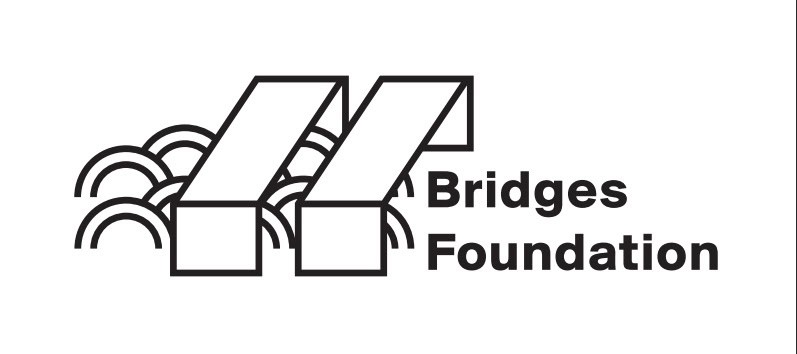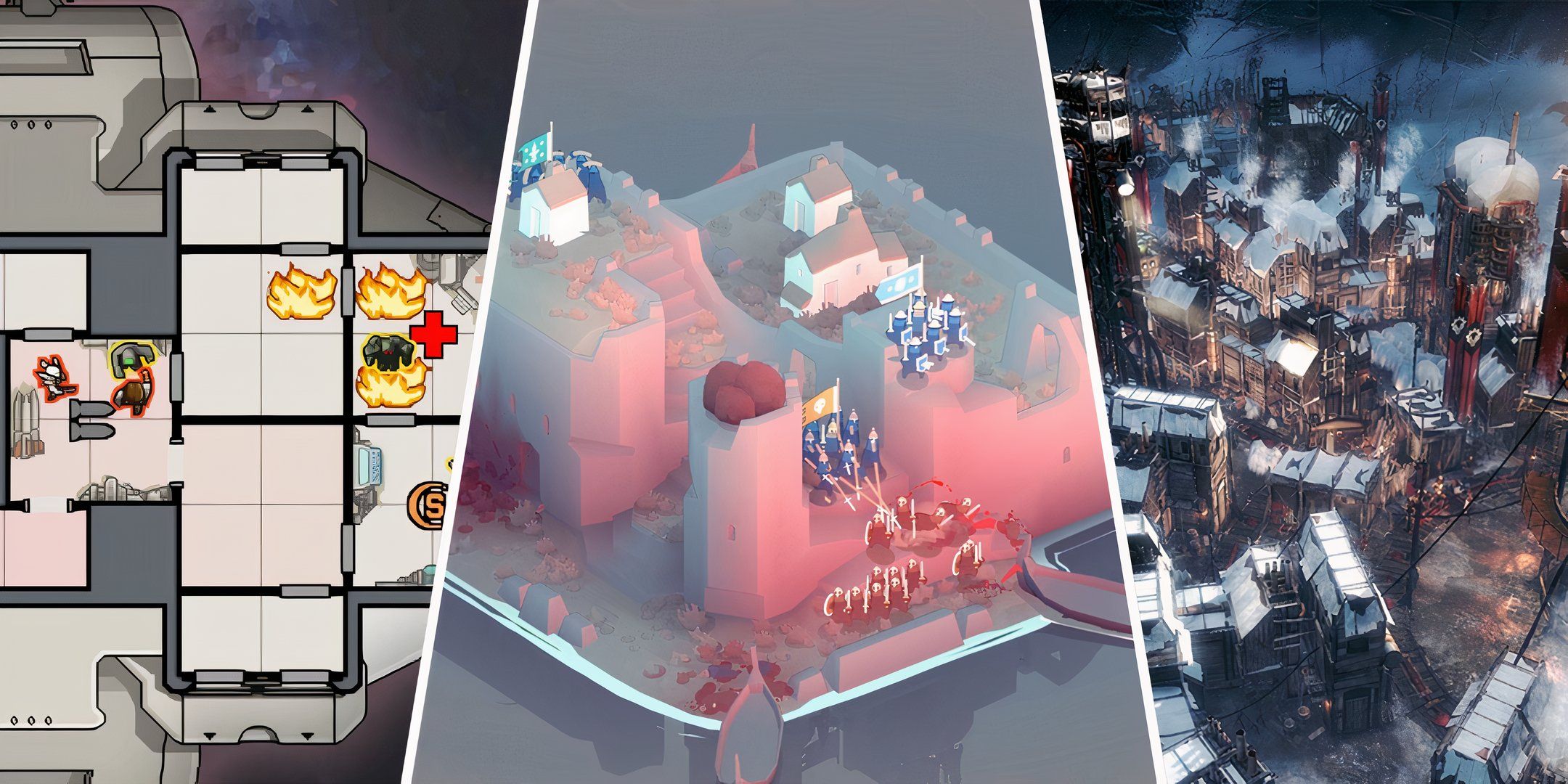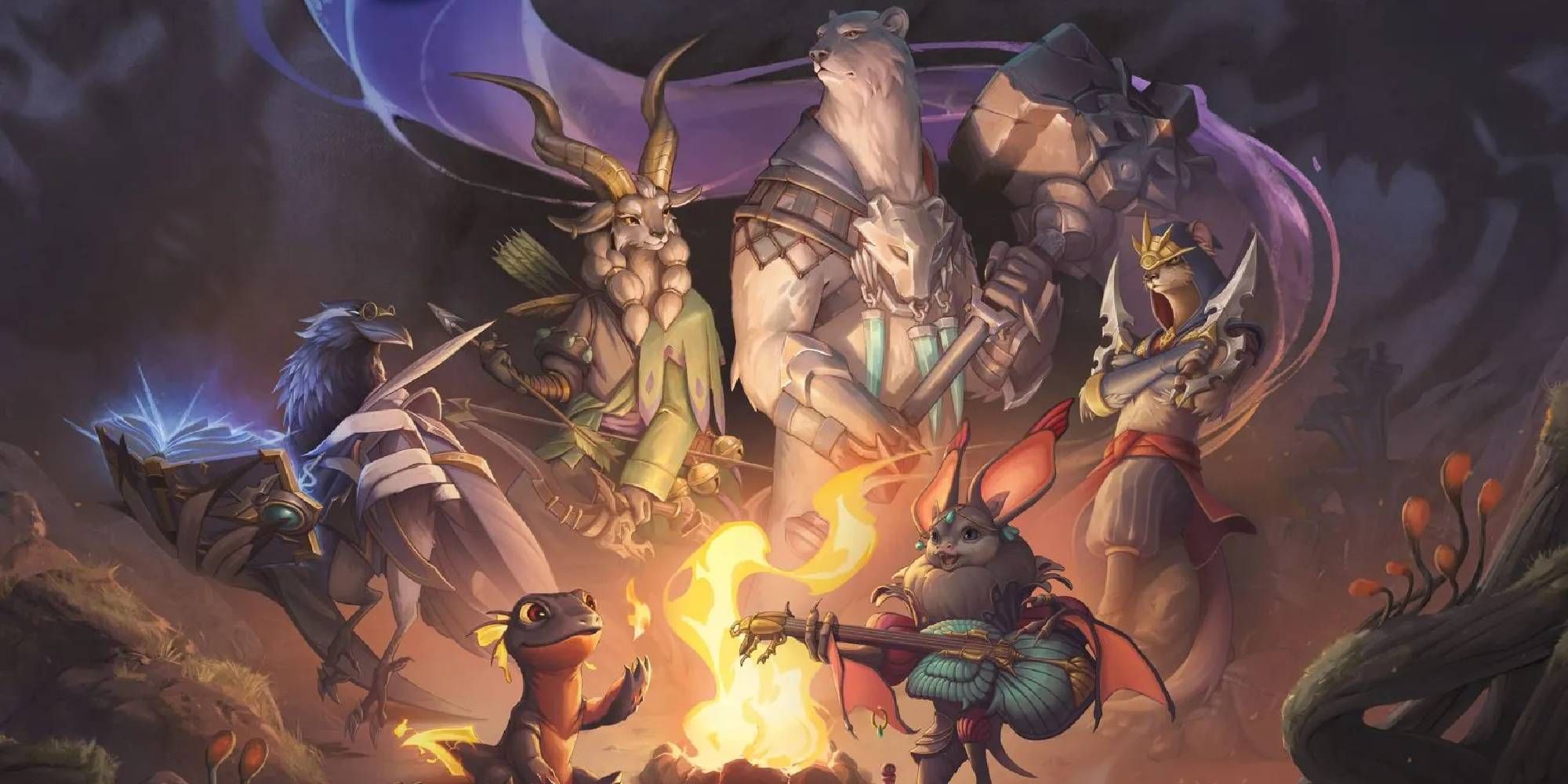Chromatics. Interview with Kento Nishimura
Kento Nishimura talks about Prelude, Dyed in Light, 'being normal', harassment, loneliness in today's youths and other topics
is a promising theatre director of the younger generation. Through the implementation of the Stanford Meisner’s acting method, he honed a deep focus on the theory and techniques of realism. Subsequently, founded the theater unit Prelude. Today, the unit stages two up to three productions annually, performing in small theatre venues. Rooted in the Meisner Method, Prelude prioritizes the raw, unfiltered experience of life unfolding before the audience, offering an authentic live experience. The themes of the works predominantly revolve around the intricacies of life and sexuality addressing the absurdity of existence and the complexities of sexual identity through powerful and thought-provoking performances. ‘Dyed in Light‘ is one of his most important works, currently being re-staged in a revamped version.
values the raw, unfiltered energy of events unfolding in real-time, with dialogue-driven performances that immerse the audience directly into the action. Rather than adhering to traditional theatrical conventions of exaggerated movements and precise enunciation, the unit aims for a more intimate, naturalistic portrayal of everyday life, reminiscent of the realism seen in film. The works delve into the themes of life and sexuality as central aspects of the human experience. Through their performances, Prelude confronts the absurdities of life and the complexities of human sexuality with honesty and depth. Prelude’s ambition is to craft pieces that are serious, stylish, and emotionally impactful, reflecting the motto: ‘Capturing the essence of a moment through living dialogue’.
There was no single, defining moment that led me to become a director. Rather, it began quietly—with a deep, enduring love for music. Ever since I was a child, listening to songs I loved would conjure up vivid images in my mind. I would find myself imagining what kind of scene might unfold alongside the melody. Over time, that instinctive response grew into a desire: to turn those fleeting images into dialogue, and to bring them to life on stage.
That impulse still shapes the way I write today. I don’t usually start with a message I feel compelled to deliver to the world. Instead, my process often begins with a feeling—an emotional resonance sparked by a piece of music. From there, I work backwards: asking what kind of theme would support that moment, and what story would naturally lead to it. In that sense, my storytelling is less about assertion and more about discovery—an exploration led by emotion and intuition.
The name Prelude was chosen with intention. A prelude itself marks the beginning of something—much like an overture before the main act. It suggests the stirring of events just before they unfold. On stage, when actors meet, clash, or connect, there’s a tension in the air—a charged stillness that hints at what’s to come. I wanted to capture that exact sensation: the feeling that something is about to begin. My hope is that the audience experiences this moment of anticipation, as if they’re witnessing the very edge of a story breaking open. That quiet foreshadowing, that subtle electricity in the air—that’s the spirit behind the name ‘Prelude’.
In Japan’s small theater community, it’s common for playwrights to direct their own work. I followed that path naturally, stepping into the role of director almost by necessity. And before I knew it, that became not just something I did—but a core part of who I am.
I’ve noticed that, in today’s world, society’s perception of the theme of diversity in this work is shifting.
In the past, the word ‘diversity’ was widely embraced, and there was a prevailing sentiment that we should continue to expand our acceptance of it. However, now it seems that the word is acquiring a more negative connotation. Diversity is starting to be seen as something bothersome or even unsettling to some. This shift in public perception is something I’ve observed.
It’s also crucial to consider who defines diversity and from which perspective. In this work, we’re dealing with individuals who are, in some way, marginalized or distorted. The key question is whether those in positions of power are the ones shaping the concept of diversity, or if it’s the people being accepted who are influencing it. This is a fundamental point to understand.
Personally, I view diversity as a broad, umbrella term that tends to oversimplify the complex realities faced by marginalized groups. While it’s an easy term to use, it often doesn’t fully account for the nuanced circumstances of those who need to be respected. Over the past two years, I feel that society’s perception of this term has changed significantly.
Now, as I revisit this work, the shift in the social climate makes it essential to reassess what diversity really means—not just as a simplistic call to accept various people, but in terms of how attitudes and approaches to it are evolving. This change is the primary reason I felt it was the right moment to revisit the theme.
By bringing it back now, I believe it offers an opportunity to gauge how society responds. I sense that messages which may have been overlooked before might resonate more deeply now. That’s why I feel that this is the perfect time to re-examine it.
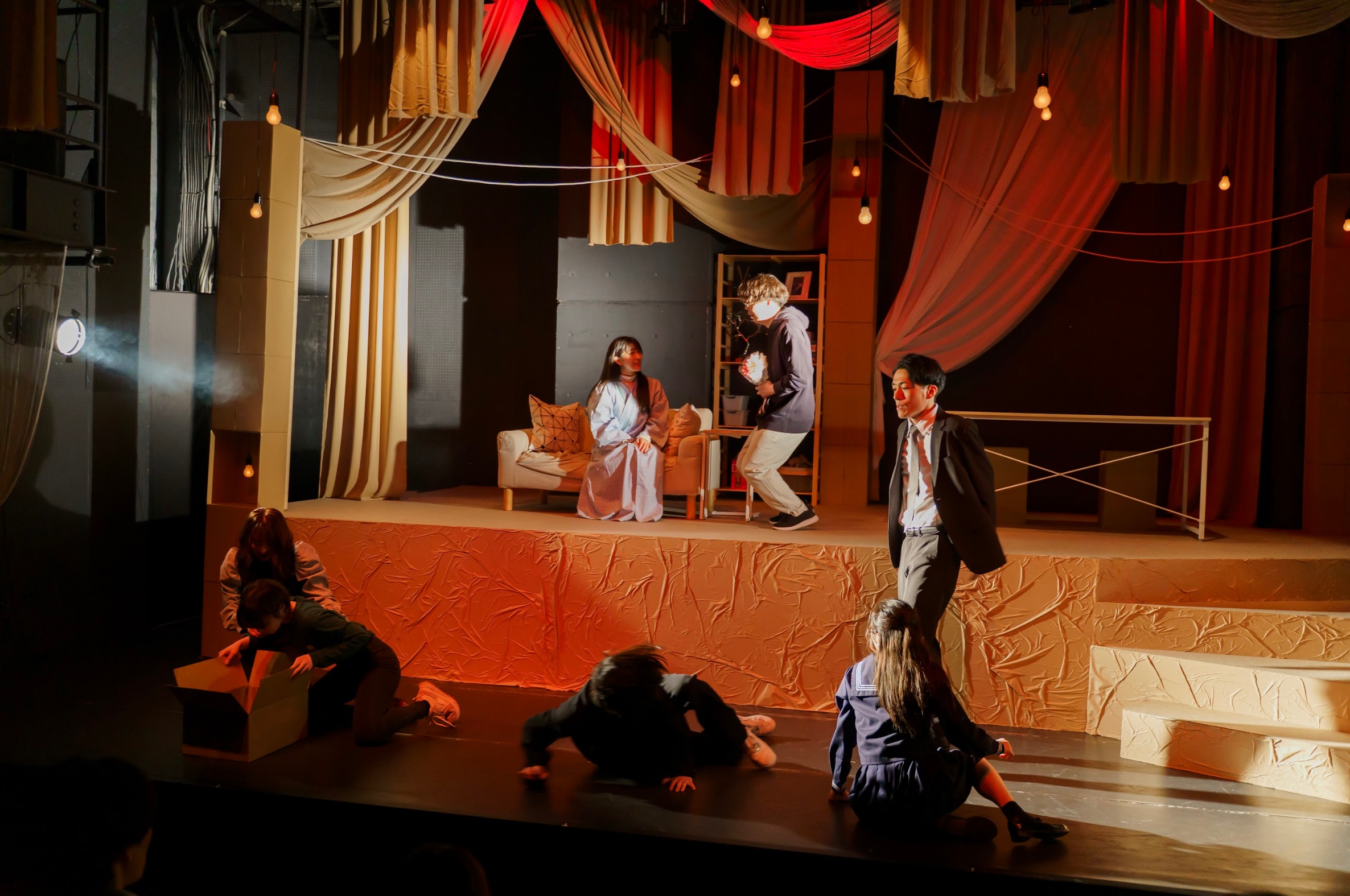
It’s a subtle nuance, but I feel that in the original performance, we used more intense, perhaps even provocative language. It felt stronger and more radical at the time. This current piece, on the other hand, has softened somewhat. I intentionally directed it in a way that would make it less likely to provoke a harsh reaction from the audience.
In the first performance, the scenes were much more graphic and intense, conveyed in a direct and explanatory manner. Now, the response seems to be more along the lines of recognizing that this kind of scene exists and finding it awful, which I think allows the audience to empathize more easily. The previous work was very much a confrontation—an aggressive, in-your-face experience.
Yes, exactly. In many situations, there are what you might call ‘signals’—subtle indications that something uncomfortable is on the horizon. It resonates with the central theme of our group, which is the sense of a shift in the air, a feeling that something is about to unfold.
The essence of Prelude’s theme lies in that anticipation—the quiet forewarning of change, the atmosphere thick with the promise of something beginning. This is a core concept we strive to highlight, and it’s something we’ve woven throughout our work.
The popular thought of acting ‘normal’ seems to have become entangled with the term ‘diversity’ in recent times. In the past, ‘being normal’ often meant conforming to societal expectations—joining a community, adhering to a collective mindset, and essentially following the prescribed path. That was the foundation of what was considered being ‘normal’. Today, however, we live in an environment where following that same path is no longer a necessity. As a result, the definition of ‘normal’ has become more elusive, shifting from person to person. There is no longer a clear framework that dictates a single, right way to live. This lack of structure is something I see reflected in many aspects of society. While I understand this shift, what I find troubling is how everything is often reduced to the term ‘diversity’. It feels as though the word is being used to gloss over the more complex issues beneath the surface.
There’s a certain vibrancy to it. I coined this word and indeed, it’s evocative, but it’s not so much about holding onto something as it is about the way it brightens their life.
Through being touched by that color, they find a way to keep moving forward. There’s an uplifting quality to it, a kind of light from their perspective. But in truth, it’s not about clinging—it’s about being immersed in that hue. From the outside, though, others might look and think, ‘They’ve been stained by a color I’ve never seen before’. That’s the feeling I intended to convey.
In a more specific sense, this refers to things like religion, or, as portrayed in this work, the world of hosts or cabaret clubs—places where people seek validation, where they long to be seen and to belong. People who lack self-affirmation, I believe, cannot live without being immersed in something, drawn to a color that gives them a sense of identity. This is what we’re seeing today, as the concept of diversity becomes a kind of blanket term in society.
This is one of the sentiments I feel about the world around us. For these individuals, a place where they can belong is like a bright, vibrant dye. But from an outside perspective, this color may not appear as beautiful or pure. There’s an element of irony in this—hence, I coined the Chinese characters ‘dye’ + ‘bright’ + ‘colour’, a hue that’s bright yet laced with complexity.
It’s hard to describe, but there’s a strong sense of loneliness, I suppose. Especially among today’s younger generation. The young people who have just graduated from university or are in that age group were probably the ones most deeply affected by COVID-19. During that time, opportunities for communication, the chance to connect with others, sharply diminished. I believe that period—where communication was so limited—became a defining part of their youth. The transition from high school to university, and then from university to adulthood, occurred in the midst of those changes. As a result, the crucial process of building self-affirmation and self-esteem, which should develop through real, face-to-face interactions, was severely hindered. They spent a long time in that gap, and I believe many are now carrying an inner sense of loneliness.
Within this environment, I’ve discussed with my wife how, particularly on social media, there’s a prevailing sense of aggression. People, often acting through anonymous profiles or online personas, express themselves in ways that are tinged with hostility. This is an issue that, in my opinion, needs urgent attention. However, at the same time, I think it’s somewhat inevitable. They’ve grown up in a world where their need for validation was never truly met. The desire to be acknowledged by others, to be recognized, was left unfulfilled. Without belonging to a community, for instance, many young people use certain platforms,where they can work short-term for complete strangers, and at any moment, they can walk away, severing all ties. This has become a base condition for how many view their relationships and communities.
Because they’ve grown up in an environment where connections are so easily disposable, they’ve learned not to place as much importance on maintaining relationships. In turn, without anyone to help nurture their self-esteem, they often turn to seeking validation through other means, which leads to an intensifying need for approval. And, as we see, this pent-up energy often manifests as aggression on social media. I think this is the state in which many young people currently find themselves. That’s why I believe it’s crucial to fill this void for them, to help meet this need for connection and affirmation.
I believe the root cause lies in how easy it has become to run away. In the past, particularly during the Showa era and even in the early Heisei period, there were few opportunities to escape. Society lacked the safety nets we have today, such as correspondence schools, which weren’t even widely known at the time. Now, however, escaping has become almost effortless. The fact that such an environment exists is, in my view, a significant issue.
When it comes to connections, young people today can easily disconnect without any resistance. For instance, it’s all too common for them to quit part-time jobs on a whim. In the workplace, we even have services like resignation agents, which have become increasingly popular. This lack of resistance to ‘cutting ties’ is a defining feature of the current climate. It ties into what I mentioned earlier—there’s no longer much hesitation when it comes to detaching from something. This shift in mindset, I believe, is largely a product of the environment we’ve created.
In the past, when people encountered difficulties or obstacles, they rarely had the luxury of simply walking away. There was a much stronger sense of dealing with problems. People from earlier generations, I believe, had a far greater resilience and ability to face challenges. Today, however, the presence of so many escape routes makes it far easier to avoid confrontation. As a result, the ability to push through hardships has diminished, and when things don’t go well in relationships or other aspects of life, the default reaction is often to sever ties. But the society that has fostered this mentality—this ease with which one can disengage—was shaped by past generations, particularly those from the early Heisei period. From my perspective, it’s hard not to view this younger generation as somewhat of a victim of this system. The environment, as it stands, is simply not conducive to growth.
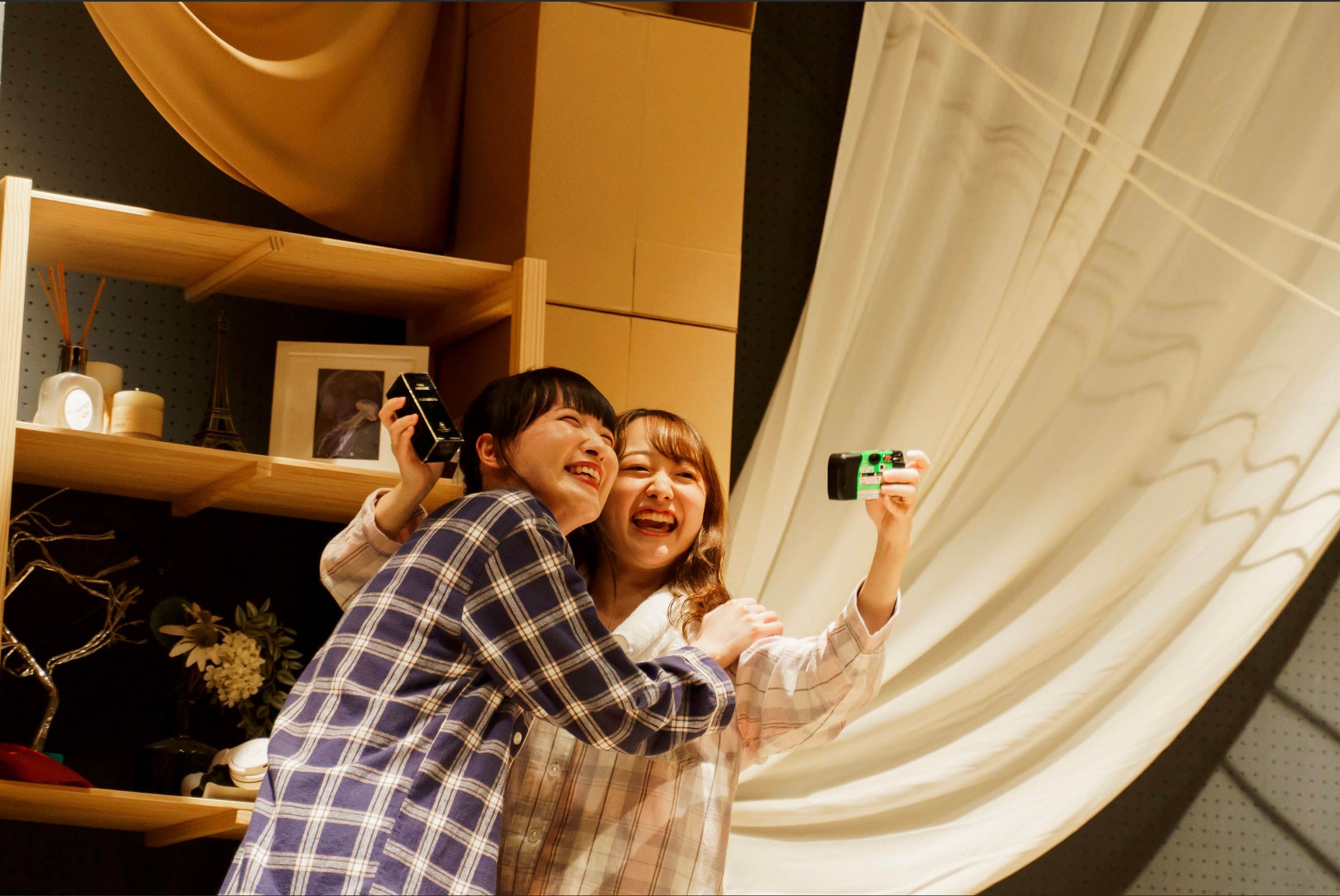
Regarding harassment, it’s often said that it’s a matter of the recipient’s perspective. Essentially, depending on how something is felt or perceived, if it is seen as harassment, then from a societal point of view, it can be understood as harassment. In relation to that, I do theater, and within that context, I sometimes feel like I’m the one looking down from above, kind of preaching. It gives the impression that I’m preaching to society. When I first started, I wondered why I was even doing this. It made me realize that I’m not just an observer—I’m also holding onto something myself, and from others’ perspectives, it could seem strange. So, when I include myself in this, I realize that my position as a writer isn’t necessarily above others. It’s not something distant from me—I’m part of it too.
One of the key considerations in our group is the possibility of harassment. It’s something we acknowledge as a potential risk, and to address this, we’ve created an environment where, should any issue arise, our assistant directors are available to receive anonymous reports. For example, if there were an incident of power harassment from the director, the assistant director can ensure that any concerns are addressed discreetly and anonymously. We’ve established a system where individuals can speak up safely and without fear of repercussion.
However, it’s not only harassment that we’re concerned with. We also recognize the potential for conflicts among the actors, especially with the complex dynamics that can exist between senior and junior members. We are aware of these challenges and have measures in place to manage them. Should any issue arise, individuals can approach me directly or speak to the assistant director, who will pass the concern along without disclosing their identity.
Additionally, when offering roles, we make sure to discuss in detail the nature of the performance. If a role involves potentially disturbing actions, such as harming animals or other sensitive material, we ensure that the actor is fully informed beforehand. Consent is obtained, and we work to create a safe mental and emotional space for everyone involved. We take great care to ensure that each person feels comfortable and prepared for their role. For any potentially violent or intense content, we take extra precautions, starting slowly and carefully, always considering how to create the scene in the safest way possible.
At present, actions such as inappropriate advances from those in higher positions toward those in lower positions—particularly between individuals of different genders—are clearly unacceptable. These issues have likely been present for some time, and it’s not surprising that they are now coming to light. There have been real instances of such behavior, and I also believe that some people may be using these situations as a means to target others, even if they themselves weren’t directly involved.
However, the core issue isn’t necessarily whether these actions occurred, but rather the shift in the balance of power. It seems to me that, in the current climate, those who make allegations are becoming increasingly empowered, perhaps to an extent that feels disproportionate.
Naturally, I cannot claim that harassment does not exist within our organization. It would be meaningless for me to make such an absolute statement based solely on my personal perspective. However, I do believe that if accusations of harassment are made recklessly or without sufficient grounds, there is a real risk that the very structure of an organization could be jeopardized. This is a serious concern in the current environment.
The most fundamental issue is that such behaviors, such incidents, are absolutely unacceptable. The fact that certain aspects of Japanese culture have allowed these issues to persist is something that must be addressed and eradicated. But alongside this, I think there’s also a problem with how the voices of those in socially vulnerable positions are sometimes accepted without the necessary scrutiny or evidence. This, to me, is a troubling aspect of our societal structure.
Of course, issues like sexual harassment or non-consensual behavior, which are frequently covered in the news, are unequivocally wrong. But what I find more concerning is how the systems we’ve put in place to address these issues often seem to empower the more vulnerable individuals to an extent that may eventually lead to an imbalance. I can’t help but feel that, over time, this dynamic may result in a backlash.
I think if too many emotionally charged and difficult scenes were to unfold one after another, it could become overwhelming for the audience. Given that these tough moments are spaced throughout the piece, if the audience were to become too deeply immersed, it might feel quite intense.
Ultimately, I want the work to be experienced as an entertainment piece—a performance that is engaging and enjoyable. With this in mind, I deliberately included moments where characters speak directly to the audience, through monologues and reflective lines. These moments allow the audience to step back, giving them a brief reprieve while reminding them, this is still a performance. Additionally, through the monologues, there is a line where the character says: ‘You think you’re normal, so this story doesn’t relate to you’. This serves to subtly undercut the work’s central themes with a touch of irony, creating a deeper reflection on the narrative itself.
This ties back to what we discussed earlier, but trauma often arises from confronting challenges, experiencing failures, or enduring difficult circumstances. In today’s society, however, escaping from these struggles has become easier. As a result, we don’t encounter as many opportunities for failure, and without those moments, we lack the chance to recover and grow. Rather than living with trauma and learning to cope, we now have so many tools and communities that enable us to avoid it altogether, leaving the underlying issues unresolved. Life simply moves on without addressing the root cause. As you pointed out, when we compare today to twenty years ago, it seems that the situation has worsened in this regard.
The foundational experiences that lead to trauma—whether in relationships or within the context of society—have always been part of life. Everyone will inevitably face hardships at some point. When these difficulties aren’t processed effectively, they become trauma. However, one significant difference today is that people no longer feel the need to resolve these issues. They can live without confronting the root cause, and while it’s hard to pinpoint exactly what’s wrong, I do believe this is not a healthy way to live.
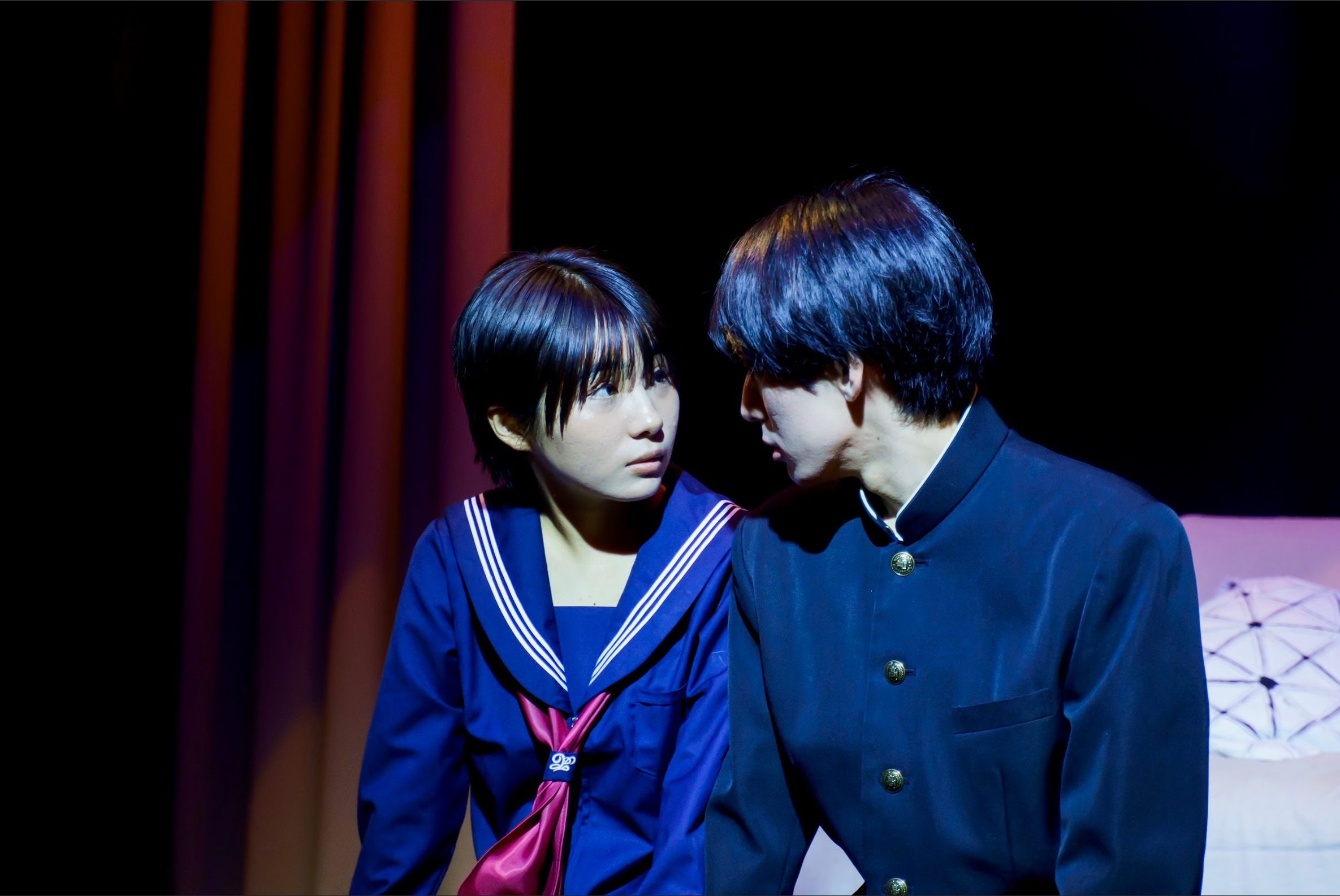
I’m not particularly fond of overly explanatory music, so for the more intense scenes, I often opt for bright, major key melodies. It’s a deliberate choice—one that contrasts the mood of the scene with its true meaning. Through this approach, I aim to reveal the subtle tension between the surface and the underlying truth.
Above all, though, it’s about irony. The music often serves as a counterpoint, providing a kind of dissonance that amplifies the scene’s emotional complexity. By using tracks that seem to run contrary to the moment, I create a layered, almost paradoxical effect, where the music and the scene are in constant dialogue.
It’s a bit difficult to say whether they’ve fully passed through it, but yes, not everyone was specifically targeted for the auditions. For example, in the team you just saw, many of the members are returning from the previous productions. On the other hand, the other team is mostly made up of new faces who were selected through auditions. So, this team includes many familiar faces who have appeared in Prelude multiple times. Because I am already familiar with the kind of energy they bring, it’s easier for me to match them with roles. I had a better sense of which roles would suit them, so casting the team felt more intuitive. Their individual personalities shine through beautifully in their roles, which is a wonderful thing to see.
Yes, I do hope to expand Prelude into something larger and more far-reaching. The themes we explore—like the one in our current production—tend to echo across many of our works. I often draw inspiration from the pressing issues society is grappling with today, or from current topics that feel especially urgent. Much of my writing is rooted in these contemporary realities.
One of my key aspirations is to create work that resonates with younger generations, particularly those in their teens and twenties. I believe this is a stage of life where people are especially susceptible to emotional hardship, and in many ways, today’s social environment can feel overwhelmingly isolating or harsh.
If someone from that generation watches our work and leaves with even a small sense of comfort—knowing they’re not alone or that it’s okay to see the world differently—then I believe we’ve accomplished something meaningful. It might seem simple, but my sincere hope is that our work can offer that quiet reassurance or shift in perspective.
With that in mind, yes—I would love to see Prelude grow in scale, reaching more people who might need these stories and offering them a space to reflect, feel seen, and maybe even feel a little less alone.

